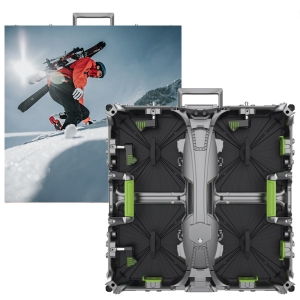A Buyer’s Guide to LED Wall
Consultants, architects, integrators, and end users must establish their priorities when buying a led video wall. What are the critical factors that will enter making that decision: price, components, and length of warranty; percentage of free spare parts; reputation of supplier for references?
At first blush, a led wall seems like a very simple, straightforward piece of hardware. However, this perception is the farthest thing from reality. Buying a led screen wall is not like buying speakers or lights off-the-shelf where the only consideration is the best choice under the circumstances, but where the specifications of the units themselves cannot be altered in any way.
1. LED Display Technical Terms:
As the wide application of led video wall, to choose a good quality led pixel display is not so easy for so many technical terms to refer to.
- 1). LED Wavelength
Wavelength decides whether the color led display delivers is uniform or not. The way to check is easy, even without professional devices they can still to define this through observation.
A. Method one: control the whole led display to deliver white color. This should be pure white overall hd led wall. If there are a little bit red or blue that means both raw material and manufacturing technology are less desirable.
B. Method two: control the whole led pixel display to deliver red color, green color, and blue color in order. The color shown in the central wavelength is the pure blue, pure red and pure green. If it shows as deeper blue, red and green, or lighter ones, that means partial wavelength. If it shows not uniform color that means wave aberration is larger than it should be. For a good quality led display, blue color and green color should control their wave aberration no more than 3nm and red color wave aberration no more than 5nm in central wavelength.
- 2). Viewing Angle
The viewing angle means when the brightness from viewing direction is the half of brightness at normal line to the led wall display, the angle between Horizontal and Vertical viewing and Normal Line. There are Horizontal viewing angle and Vertical viewing angle.
For outdoor led display applications, both DIP products and SMD products are great choices. DIP product owns higher brightness but smaller viewing angle while SMD products fit with larger vertical viewing angle but lower brightness. Customers can decide to choose DIP or SMD depending on audiences’ group and the lighting conditions on installation environment.
For indoor applications, brightness is not the key element, SMD product is perfect. However, some manufacturers try to disorient customers by higher brightness but smaller viewing angle. To deal with this situation, customers can observe the delivered contents from front and side to check whether the images are clear or not.
- 3). Maximum Brightness
The maximum brightness for led pixel display means under certain environment, the brightness under the maximum gray scale and lighting condition. In short, to set the led video display panel whole white at level 255, the brightness measured by light gun.
For outdoor applications, the brightness will change with the environment brightness change, thus orientation of installation should be taken into consideration. To take China as an example, 4000cd/m2 is enough when the led display wall panel is facing north; however, 7000cd/m2 is required when facing south.
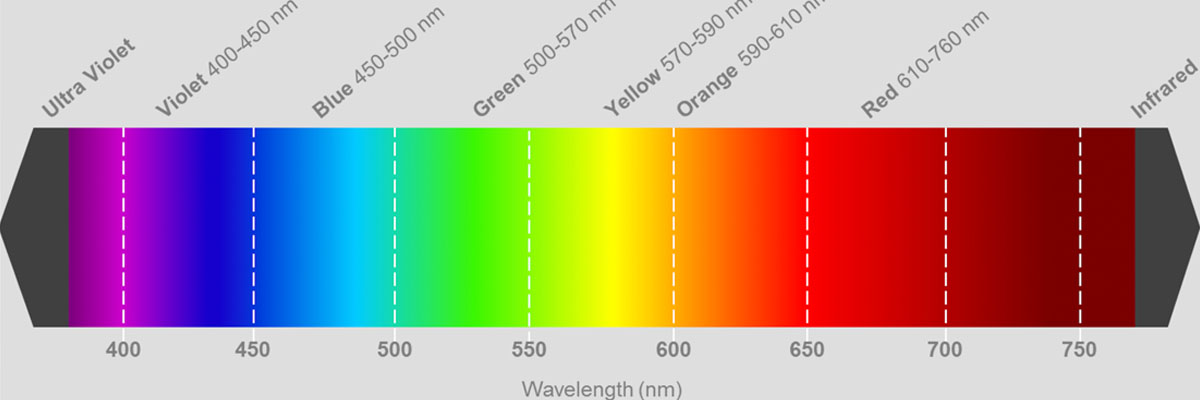
- 4). Average Power Consumption
Average power consumption means the power consumption for one square meter led display and Watt/hour is the measure unit. For example, the average power consumption is 300W/m2, which means this led video screen will use 300w of electricity per square meter for one hour’s usage.
There are two elements to measure the power consumption. One is maximum power consumption, and another is operating power consumption. Then, how to know how much electricity this led displays is going to use?
To count the powers adopted for each cabinet and multiply the maximum power of it then figure out the Maximum average power consumption. Normally there are two powers model as 200W and 300W. And operating power consumption means when the led wall display is working.
Normally speaking, operating power consumption is close relative to displayed contents, thus there is not a defined number. According to years of experiences, we found out the operating power consumption normally is 1/3 of max power consumption. Lower power consumption means less heat dissipation. Energy saving led video panel usually fits with four 200W powers per square meter.
- 5). Screen Refresh Rate
Refresh rate means how many times contents to be delivered completely every minute, led display with low refresh rate will give audience trembling feelings. When photographed under digital camera, scanning lines will appear.
Normally, refresh rate over 300Hz is the basic demand of human eyes. But for digital camera, scanning lines will disappear over 600Hz refresh rate. High refresh rate can promote the brightness and contrast ratio of led pixel wall. Use digital camera can check whether there is snowflake and scanning line is a good way to measure.
- 6). Contrast Ratio
Contrast ratio means the measure between the brightest white and the darkest black. Contract ratio is an important element of viewing effect.
Normally the larger contrast ratio will lead to clearer and vivid color and images delivery. And with small contrast ratio, the whole display will look grey. To adopt whole black SMD is the most efficient way to enhance the refresh ratio.
- 7). Circuit Design
Circuit design and PCB board are very important to a stable performance.
Requirements for PCB board as below:
Thickness: 1.6mm
Raw material: FR-4 glass fiber board
Copper foil thickness: 35um (1Oz)
Connector design is important. There are two popular designs, one is Longhorn design, and another is Pin header design. Longhorn design is better to catch flat cable in case of emergency leads by invalid connect. Speaking of choosing electrolytic capacitor or tantalum capacitor, if looking for long working lifetime, tantalum capacitor is better while electrolytic capacitor is better for lower price application.
- 8). Automatic Production
Static electricity is great potential damage for electronic components. It hurts the electronic components or leaves hidden danger which will damage them after a period of usage. Multiple methods had been tried to deal with the static electricity, such as wearing ESD wrist strap, anti-static cloth and employing dustless plants. However, the best way to prevent static electricity is to avoid touching, which is achieved by using automation equipment.
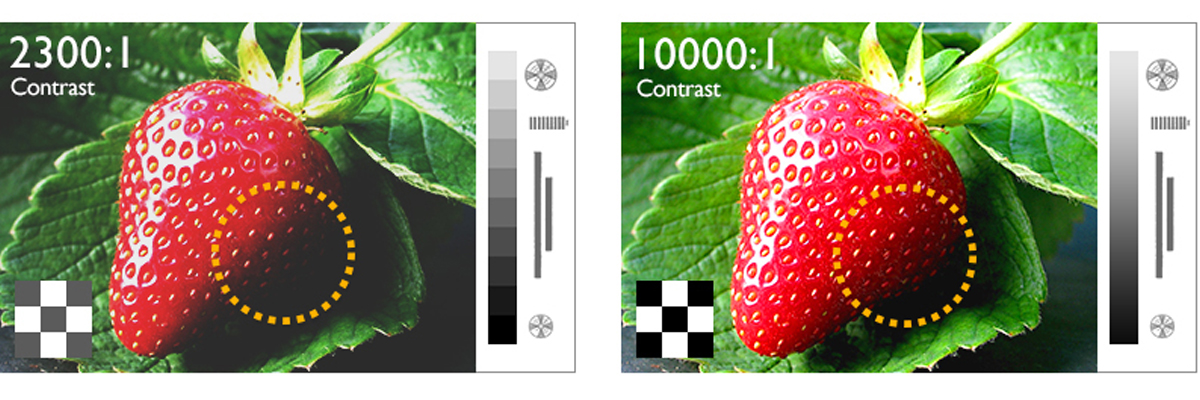
2. How to Choose a High-Quality LED Display?
Along with the technology development of outdoor advertising is getting faster and faster, people’s requirements for the display are getting higher and higher. A good display is not only related to the improvement of the quality of life, but also related to whether the advertising effect is effectively spread.
- 1). Flatness
The surface flatness of the stage video wall should be within 0≤a≤1mm to ensure that the display image is not distorted, and the local bump or concave will lead to dead ends in the viewing angle of the display. The flatness is mainly determined by three aspects: ① production process and materials; ② site steel engineering construction; ③ display installation team installation construction quality decision.
- 2). Brightness and Viewing Angle
The brightness of indoor full-color led wall display board should be above 800 cd/m2, and the brightness of outdoor full-color led display should be above 5500 cd/m2 to ensure the normal display of led display, otherwise it will be too low to see the displayed image.
The brightness level is mainly determined by the good or bad led tube core. The size of the viewing angle directly determines the amount of led wall board viewing area space, so the larger the better. The size of the viewing angle is mainly determined by the led chip.
- 3). White Balance Effect
White balance effect is one of the important indicators of the led display. Color science when the ratio of red, green, and blue primary colors is 1:4.6:0.16 will show a pure white, if the actual ratio of a little deviation will appear white balance deviation, generally pay attention to whether the white is blue, yellow-green phenomenon. White balance is mainly determined by the led chip, the led chip also has an impact on the color reproduction.
- 4). Color Reducibility
Color reducibility refers to the led display of color reducibility, that is, the led display color to maintain a high degree of consistency with the color of the broadcast source, to ensure the authenticity of the image.
- 5). No Mosaic
Mosaic refers to the led display appears on the often bright or often black small quadrilateral, both module necrosis phenomenon, the main reasons for: ① LED display adopted by the quality of the connector does not pass the phenomenon of raised or concave; ② LED lights are not dialed; ③ seal the dense adhesive process is not qualified. Dead spot refers to the led wall tiles often black on a single point, the number of dead spots mainly by the led chip to determine the good or bad.
- 6). With or Without Color Block
Color block refers to a small area lack of color; the main reason is the control IC and power supply, control circuit line quality
- 7). Display Appearance
Display appearance: is intuitive, in the original product quality of good or bad to do the initial evaluation. Appearance quality can reflect the manufacturer’s production process and the quality of materials.
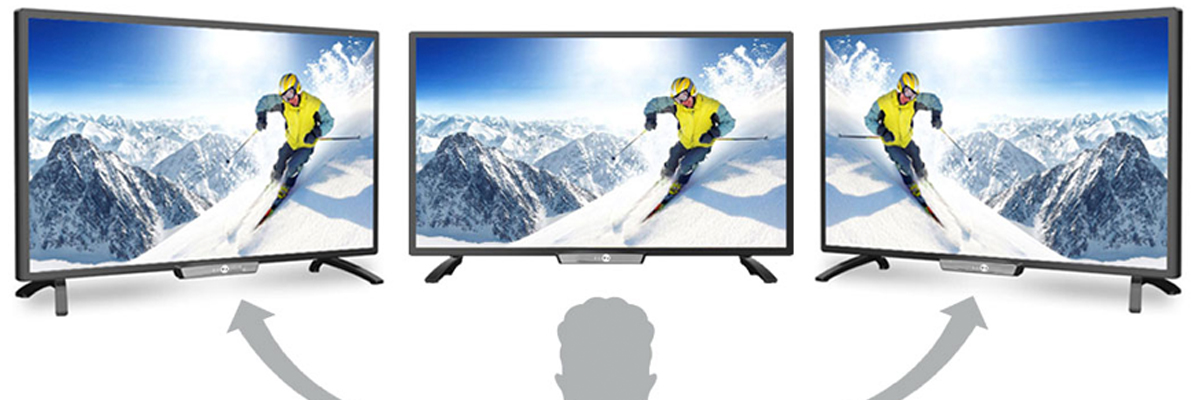
3. Critical Factors Before Buying LED Video Walls:
Consultants, architects, integrators, and end users must establish their priorities when buying a led video wall. What are the critical factors that will enter making that decision: price, components, and length of warranty; percentage of free spare parts; reputation of supplier for references?
At first blush, a led wall seems like a very simple, straightforward piece of hardware. However, this perception is the farthest thing from reality. Buying a led screen wall is not like buying speakers or lights off-the-shelf where the only consideration is the best choice under the circumstances, but where the specifications of the units themselves cannot be altered in any way.
The specifications and needs of each customer for each full wall led screen vary widely. Indoor or outdoor? How close will the viewers be to the display? How precise do the images need to be? What type of content will be shown? Is live feed a consideration? What equipment is being used upstream of the led display? Is latency a factor?
Buying a led video wall tiles based on who offers the lowest price will invariably result in a very dissatisfied customer who will sooner than later replace the original screen thereby costing much more money in the end.
A prudent buyer must take the time to list and compare every component as follows:
• 1). Does one choose black or white LEDs? Black will show more depth of color. White LEDs will be brighter. Black LEDs are recommended for indoor use. White LEDs for outdoor use.
• 2). Do the LEDs use copper wire or gold wire? Copper is cheaper but will not last as long—particularly in humid environments. Suppliers of copper wire will limit their warranties to two years. Our warranty for gold wire is five years.
• 3). Which company manufactures the LEDs? Nationstar is a preferred supplier. Kinglight is less expensive, but they are of a lesser quality and will not last as long. Suppliers of Kinglight LEDs will limit their warranty to two years. Our warranty for Nationstar LEDs is five years.
• 4). What is the operating system? Nova and Colorlight are the two best. Planar and Silicon Core use proprietary operating systems which means you are beholden to them for repairs. Nova and Colorlight are used universally. Resources can be mustered to resolve any issue in very short order.
• 5). What IC drivers are being used? MBI and ICN are the two best. It is wise to get written confirmation from MBI or ICN that your supplier is an authorized dealer or else you might very well end up with knockoffs. Do the IC drivers allow for customizable refresh and scan rates?
• 6). Is the video display you are buying have front and rear access to the components? Front and rear access means that to remove a module for repair you need to access both the front and the rear of the display. A led video display that is front or rear access means that a module can be removed from either the front or the rear within seconds.
• 7). What is the refresh rate of the led displays? To show video properly 3840hz is required.
What is the gray scale of the led video screen? 16-18 is preferable.
Do the receiving cards allow for customizing the gray scales?
Does the led video display allow for redundant power and data?
• 8). Are the modules used in the large led video screens “hot swappable”? This means that there is no need to reconfigure or recalibrate modules after they have been removed and then re-inserted. This is also referred to as smart module data retention.
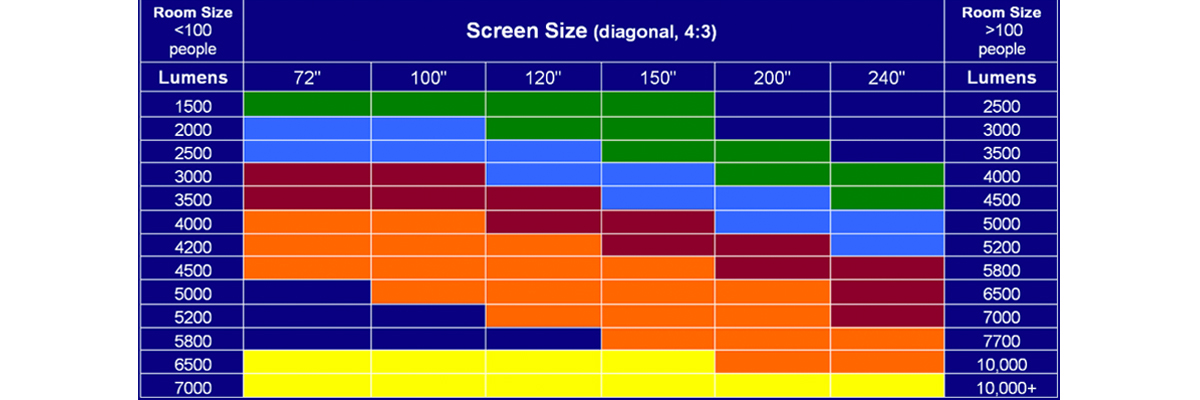
• 9). Brightness
Is the brightness between 800-1200 nits for indoor applications?
Is the brightness between 4500-6000 nits for outdoor applications?
The color emanating directly from a led is very vivid, and very high in contrast – many will say that content on a led video wall “really pops.” LED video walls have no problem competing with ambient room light, and they also coexist quite well with theatrical lighting.
Depending on the pixel pitch chosen, a single cabinet can have over 16,000 3-color LEDs. While conversion from Nits (the measure of light output often used for led walls) to Lumens (the measure of reflected light used for projection) is not a direct process, since one involves area, and another does not, even a modest 1200 Nit video wall indoor is significantly brighter than most single projectors are capable of.
Therefore, in high ambient light situations, projectors are often “stacked” – two devices sending the same image to the same screen to meet minimum brightness requirements for the venue. By comparison, a 1200 Nit display led wall would be too bright in some more theatrical-style church lighting situations.
So, what’s the bottom line on brightness? You really need to experience a led wall to understand. It is my belief that 1200 nits are plenty of output for a led wall on a theatrically lit stage (and you probably won’t even run this at full brightness.) For a more open, naturally lit space, you may need 1500-2000 Nits. 5000 Nit and above specifications are needed for outdoor LEDs only.
Due to its direct-view nature, a led wall panel is not threatened by any theatrical lighting that may wash onto the screen area – and most of the time it will push right through that light spillage without having a dramatic impact on what you see. This is something that is very difficult for any indirect-view solution to compete with.
• 10). High Contrast
Contrast ratio is a term very familiar to anyone who has reviewed specs for any type of display device, and it’s also one of the most misrepresented specifications available to the buyer. To compare one device to another using the Contrast Ratio, one must first know what type of Contrast Ratio test was employed. If two devices used different tests to arrive at their results, then the two numbers are irrelevant to each other, and the value is meaningless for comparing that specification. Because of this, contrast is also best experienced live with a direct view led display, where the difference between the lowest luminance and highest luminance is very dramatic.
Remember that in most projection to project black, a black mask must be formed over that pixel of light, or that square of the DLP chip must be turned off. Because of light bleeding from other parts of the visual path in projection, the best you get is a very dark grey. Dynamic contrast control, present in some higher end projectors helps this greatly by varying the light engine output using an iris, but with an LED, black is simply that pixel completely off – resulting in very high contrast.
You will not find many led walls with legitimate Contrast Ratios quoted, because contrast measurements involve factoring in the area being measured. Since led walls are modular, and it would be rare to ever use a single module except maybe in digital signage applications, quoting the contrast ratio for a single led cabinet would be somewhat irrelevant. Again, rather than depending on a vague number, the contrast of a hd led video wall is best experienced live to gain a reference.
• 11). New Scenarios
The idea of having a “wall” of video directly behind a stage is a difficult challenge with projection but is easily done with a led video wall. If we were to use projection to cover the same area with multiple edge-blended projectors, we would either need a very deep stage (to avoid the stage members casting shadows in the projection image) or we would need to rear project, and most would find it rare to have the required depth behind the stage to do so.
With led video wall panels, we mount or suspend the wall directly in front of the rear stage wall, and one could stand directly in front of it without shadow since the image is emanating directly from the wall (not being projected from in front and above.) Also using this same stage back wall as an example, it would be difficult to match projection at the same perceived brightness because of the surface area being covered – and might even require multiple “stacked” projectors (two projectors covering the same area, in perfect alignment to each other.)
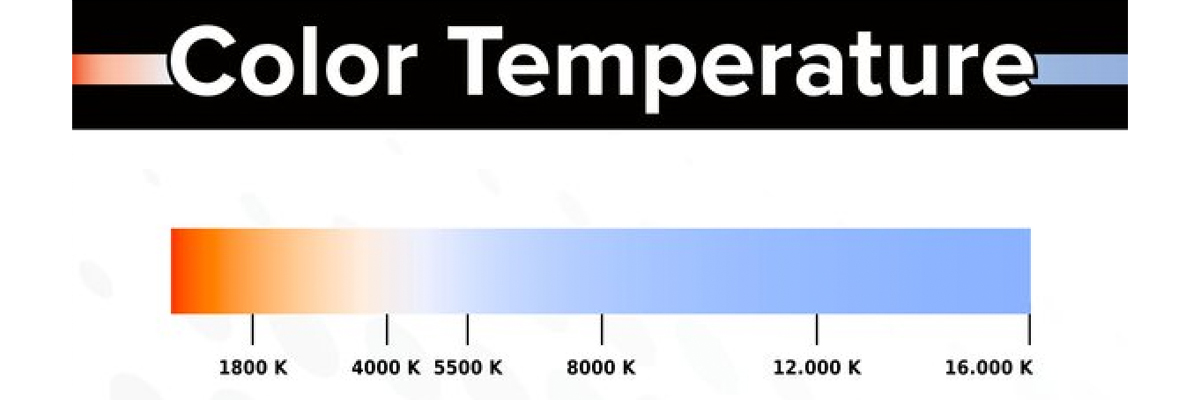
• 12). Color Temperature for LED Displays
A. What Is Color Temperature?
Yes, colors can have a temperature, yet in the case of color measurement, temperature has more to do with wavelengths than the physical feeling of hot or cold. It is the measurement of what temperature the color needs to be to have an ideal black-body radiator, often referred to as the measurement of “whiteness” of a light source. Color temperature may not be a topic of everyday conversation for you, but it’s an important component of a variety of visual applications, including led video displays.
B. Cool & Warm Colors
Color temperature is relative to a small spectrum of colors. Hues that have color temperatures include the red and orange spectrum via yellow as well as white to bluish white. Color temperature is expressed in Kelvin, which is based on an absolute thermodynamic temperature scale.
It may seem strange to assign light a temperature. After all, light, by itself, is not necessarily something that heats up or cools down. However, when heat or cold are applied to materials, changes in color do occur. Think about how when coils heat up, they glow red. When you raise the temperature even higher, the coils could turn white and eventually blue. Thus, while red is hot, blue is even hotter – even though blue is traditionally considered a “cool” color.
Without color temperature, two sources of light with small differences would be hard to differentiate. So, this scale and its Kelvin number act to give context to similar colors. With a large led wall, the LEDs are the light emitters. The screen is the light source. Because of the properties of light, color temperature, and the design of the panels, viewers of led enjoy more colors than viewers of traditional projection.
Pro Tip: Take advantage of this attribute when designing content, as a greater range or contrast of colors offers a more engaging experience. LED displays can create the appropriate lighting for any setting—as we all know a setting can very much influence how the screen looks to those engaging with it. Even the lack of color, black, is blacker on led screens.
C. How Do We Get All the Colors?
Clusters of LEDs combine red, green, and blue sources to blend light into millions of distinct colors. When different colors are added or mixed in varying amounts in these clusters, hues are created. Color perception depends on a given light’s brightness, referred to as luminance, and chromaticity (or color) in terms of the dominant wavelength viewed. Hues may have similar wavelengths but different luminance’s or vice versa – creating a very wide color palette. Because of these differences, every color will have a unique measurement.
In light mixing, the areas that matter in color space are chromacity and flux, which is an additive metric. The RGB color model, itself, is additive, meaning the three light beams are added together to make the final color’s spectrum. In the end, light is color and color are light. Light Emitting Diodes (LEDs) can handle the color mixing, flux, and luminesce – and even match the color temperature to the environment.
D. Color Is a Science
It’s amazing to think that these small little lights can turn into dramatic content with a measurable impact on viewers. We believe it’s important to share technical information so that you can build a better led video wall.
If the video displays will need to show live-feed, then the latency of the led wall system must be carefully considered. It is necessary to evaluate the processors used up-stream of the led display. It is also vital to determine if the cameras to be used have rolling shutters and CMOS shutters. The wrong cameras can add many frames of latency.
As outlined above there are many factors, other than price, that must be considered when deciding what led video display is the appropriate one to invest in.
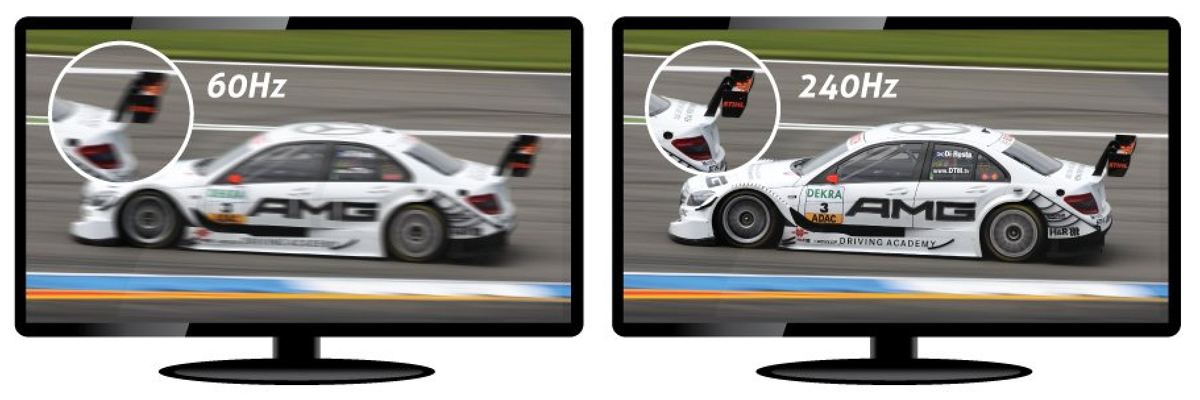
4. Appreciate the Ownership Cost:
Once respondents moved beyond the consideration of initial purchase cost to the more complex issues that determine the total cost of ownership over the life of the display, a more nuanced picture emerged from the survey.
• 1). The Seriousness of Service
The survey showed that, while industry experts might not agree if the two display technologies require the same frequency of service, they do recognize that led displays are built in a way that avoids full replacement while LCD displays are built in a way that may exacerbate it.
“While led displays – are composed of interchangeable and interlocking subcomponent boards, LCD displays are not,” Lloyd stressed. “This means that repairs for LED displays are much more likely to be quick fixes with spare parts rather than the wholesale replacements often necessitated with LCD malfunctions.”
• 2). Availability Of Replacement Parts
Already more expensive than led part swaps, LCD monitor replacement is further complicated by the tendency of LCD manufacturers to sunset old model lines. “While LCD manufacturers often enact sunsetting policies to keep their plants rolling out only the newest display lines, led manufactures avoid having to do this because the lifespan of their displays is a lot longer,” she asserted. “A like-for-like part replacement is thus viable in an LED display system where it is not in an LCD system.”
• 3). Exacerbation Of Existing Problems
The survey also revealed that the highest ranked cause of LCD replacement is a loss of brightness. “This is damning for LCD displays because LCD technology is already far dimmer than led technology to begin with,” Lloyd explained. “When a product starts out with a clear disadvantage in one noticeable area and then experts later cite worsening of that issue as their chief reason for replacement, perhaps the disadvantage is more than just a weakness. In fact, in certain applications it’s a disqualifier.”
To wit, nearly every outdoor display is of the led variety. Indoor areas with challenging ambient light conditions have begun the transition to led as well. These venues know that a dim display blends in with its surroundings, and if a display can’t demand attention from distracted audiences, what purpose is it serving?
• 4). Contrasting Total Costs of Ownership
As to the future, experts seem to predict that the led share of the market is going to grow dramatically in coming years, and that price drops will lead the way. “A declining price point will obviously boost led sales, but that’s really not the point,” Lloyd stressed. “The point is that, based on their own responses, led displays already offer a better total cost of ownership when every element of the purchase is looked at. Experts acknowledge that led displays require service less frequently, last longer, and perform better.”
About LEDSINO
As a professional LED Display Manufacturer, LEDSINO provides reliable products, comprehensive services and creative solutions.Since establishment, our team has been continuously innovating. Our Rental LED Display,LED Poster, Stage LED Screen, Flexible LED Display,Transparent LED Display, Church LED Wall, Concert LED Screen, LED Drape Screen, Nationstar LED Screen, LED Display Ball, Stadium LED Screens have the most advanced technology and forward-looking design in the present market.
For more information about LEDSINO, please follow us on Youtube, Twitter, Facebook, Instagram or Linkedin!
Related Products Or Cases
Related Solutions


